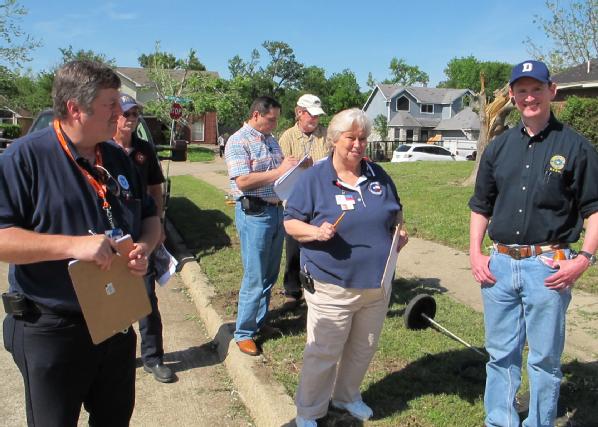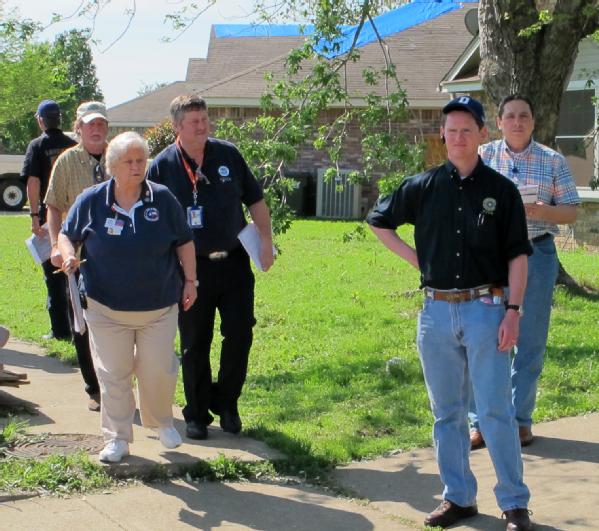We’re continuing to monitor the severe weather in the midwest and southern states through our regional offices in Chicago, Ill., Denton, Texas, and Kansas City, Mo., and we’re closely coordinating with our federal partners at the National Weather Service. As a result of yesterday’s tornado touchdown in Norman, Okla., we proactively deployed an Incident Management Assistance Team to the Oklahoma City state emergency operations center to support the state response efforts if they are needed.
The National Weather Service is expecting a major tornado outbreak today in the Central and Southern Plains, and NOAA’s Storm Prediction Center has projected the worst conditions to hit late Saturday afternoon between Oklahoma City and Salina, Kan., and other areas could see severe storms with baseball-sized hail and winds of up to 70 mph.
As Administrator Fugate said earlier today:
“There are simple steps residents in these areas can take now to be prepared. It’s vitally important to listen to NOAA Weather Radio and local news to monitor for severe weather updates and warnings and follow the direction provided by local officials.”
In case you weren’t aware, during crises, the NOAA Weather Radio system is used to broadcast timely and important information from the National Weather Service (the only authority on weather forecasting) and emergency personnel offering local situational updates.
As you’re listening to the updates, you should be familiar with the difference between a watch and a warning, and discuss with your family what to do if either one is issued:
- Watch: Meteorologists are monitoring an area or region for the formation of a specific type of threat (e.g. flooding, severe thunderstorms, or tornadoes).
- Warning: Specific life and property threatening conditions are occurring and imminent. Take appropriate safety precautions.
There are a few other important points people should remember:
- Residents of mobile homes should plan in advance and identify safe shelter in a nearby building, because they offer little protection from tornadoes and should be abandoned because a mobile home can overturn very easily even if precautions have been taken to tie down the unit.
- If you are in a sturdy structure, such as a home, school or hospital, go to a pre-designated shelter area such as a safe room, basement, storm cellar, or the lowest building level, and if there is no basement, go to the center of an interior room on the lowest level (closet, interior hallway) away from corners, windows, doors, and outside walls. You want to put as many walls as possible between you and the outside.
- If you’re outside, don’t ever try to outrun a tornado in urban or congested areas in a car or truck. You should leave the vehicle immediately for safe shelter and watch out for flying debris because they cause the most fatalities and injuries.
In addition to the kids section, you can find numerous safety tips on www.ready.gov and we also have information available in Spanish and other languages. You can also follow us on Facebook and Twitter, including the NOAA (Facebook and Twitter).
And as always, listen to local officials and check on your neighbor. Stay safe.

 Texas,
Texas, 